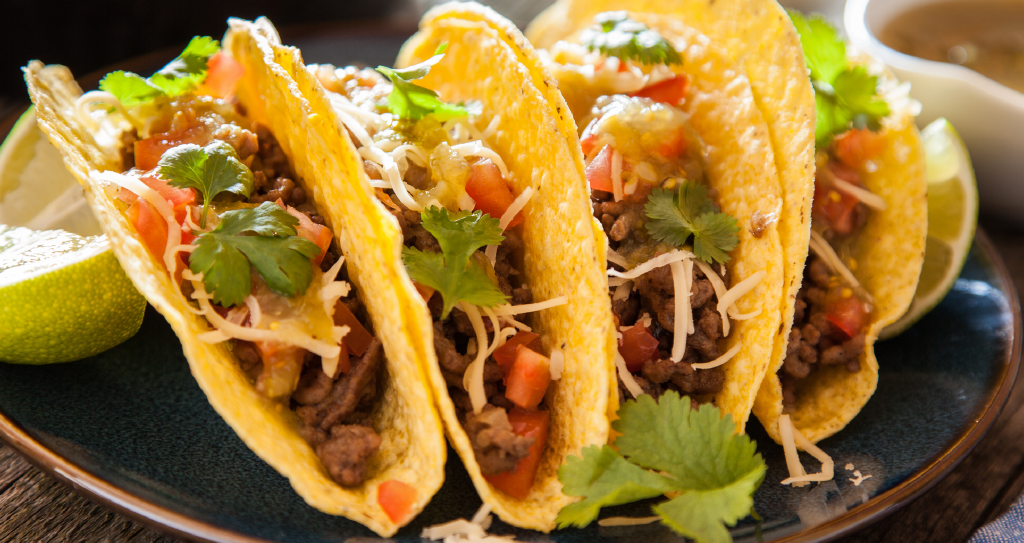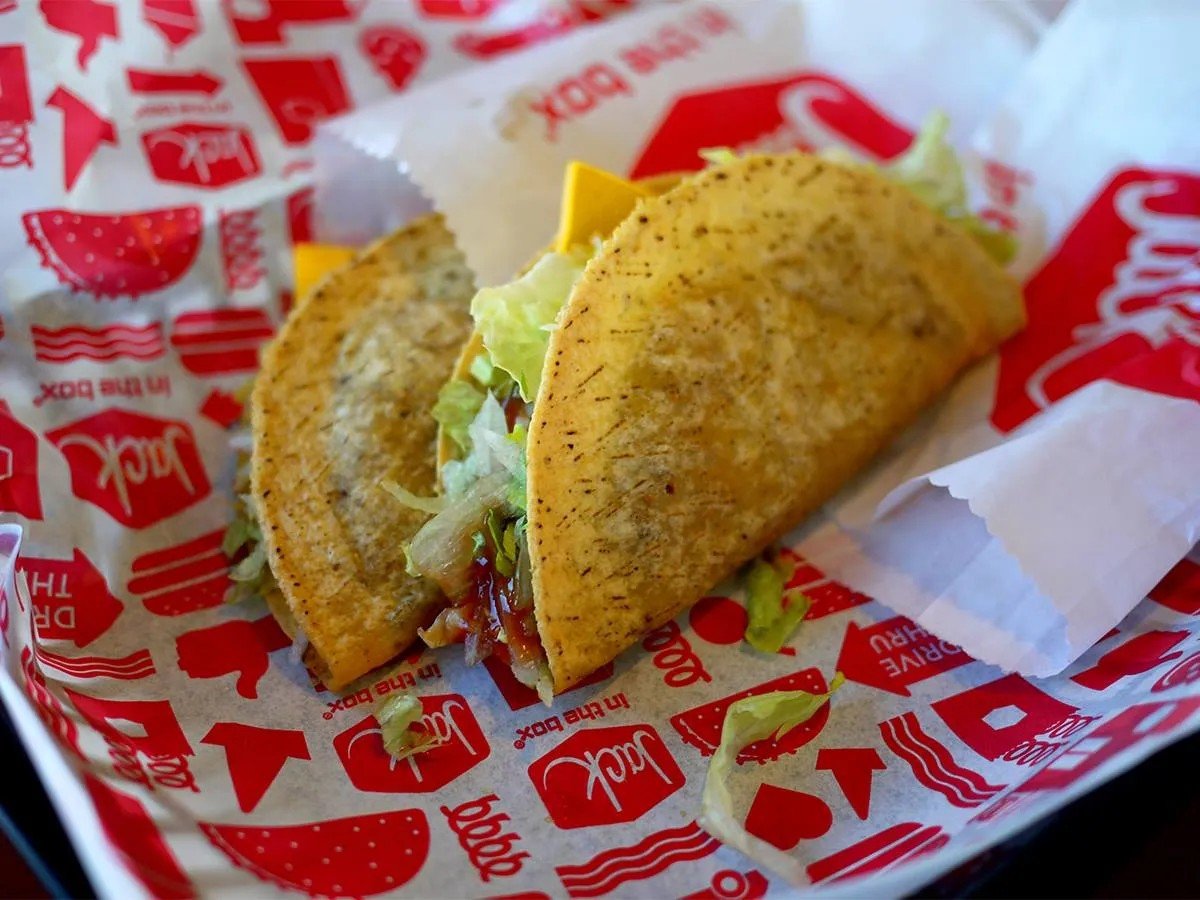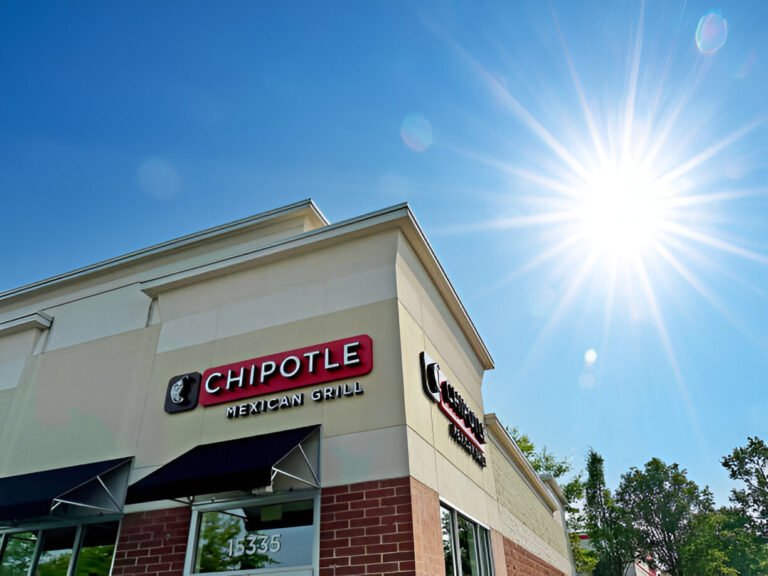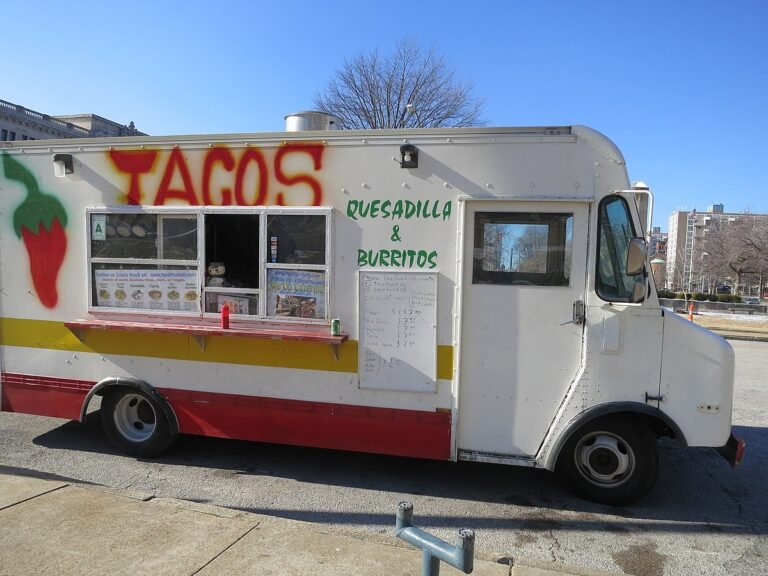Why Does Taco Bell Make Me Sick? Causes and Solutions
Taco Bell, famous for its quirky menu and low prices, is a popular fast-food chain. But, eating their food could cause tummy troubles or sickness for some people.
This can lead to the question: why does Taco Bell make me sick? Many factors might cause this issue. They range from certain ingredients to how the food is prepared.
We will explore why Taco Bell may cause digestive issues for some individuals and what steps can be taken to prevent discomfort.
Potential Causes Of Digestive Issues After Eating At Taco Bell
- Spicy ingredients: Many menu items at Taco Bell include spicy ingredients, such as hot sauce or jalapeños [1]. These ingredients can cause stomach upset, heartburn, or diarrhea for some individuals.
- High-fat content: Some menu items at Taco Bell, such as the beef burrito or loaded nachos, are high in fat. Consuming high-fat food can lead to digestive discomfort and even diarrhea.
- Dairy products: Many Taco Bell menu items include cheese, sour cream, or other dairy products. People who are lactose intolerant or sensitive to dairy can have digestive issues after eating these foods.
- Cross-contamination: Cross-contamination happens when food is prepared or served with the same utensils or surfaces used for allergen-containing foods or other irritants. For example, suppose a quesadilla is prepared on the same surface as a beef burrito. In that case, the quesadilla may contain trace amounts of beef and cause discomfort for individuals who avoid meat.
- Food poisoning: While rare, food poisoning can occur if food is not stored or cooked correctly. Symptoms of food poisoning can include stomach cramps, nausea, vomiting, and diarrhea.
Are There Specific Ingredients Or Menu Items More Likely To Cause Discomfort?
- Beans: Some people have difficulty digesting beans, which can cause gas and bloating.
- Spicy sauces: Spicy ingredients like hot sauce or jalapeños can upset the stomach or cause heartburn in some people.
- High-fat items: Foods high in fat, such as beef burritos or loaded nachos, can lead to digestive discomfort and diarrhea [2].
- Dairy products: Foods like cheese and sour cream can upset the stomach for people who are lactose intolerant or sensitive to dairy.
- Gluten-containing items: Taco Bell does not have a gluten-free menu. Some individuals with celiac disease or gluten sensitivity may experience discomfort after consuming items containing gluten, such as flour tortillas.
Nutritional Value vs. Cravings

Taco Bell is famous for its bold flavors and crave-worthy menu, but some items can pack a surprising nutritional punch. Many fan favorites, like loaded tacos or cheesy burritos, are high in sodium, saturated fat, and calories.
Balancing cravings and nutrition can be tricky when you’re in the mood for a quick bite. Satisfying a late-night taco craving might feel great in the moment but can lead to discomfort if you’re sensitive to greasy or heavy foods.
To help balance taste and health, consider these lighter options:
- Fresco-style tacos with fresh salsa instead of cheese
- Grilled chicken instead of beef
- Power Bowls with extra veggies
| Menu Item | Calories | Healthier Swap |
| Beef Burrito | 430 | Fresco Chicken Taco |
| Nachos BellGrande | 740 | Power Bowl |
| Crunchwrap Supreme | 540 | Veggie Burrito |
Are There Steps Individuals Can Take To Prevent Discomfort?
- Be mindful of portion sizes: Eating too much food, especially fatty or spicy ones, can upset your stomach and cause discomfort. Try to stick to smaller portions or share items with a friend.
- Drink plenty of water: Staying hydrated can help prevent constipation and promote healthy digestion. Drink plenty of water before, during, and after your meal.
- Choose lower-fat items: Foods high in fat can be challenging to digest and lead to discomfort. Opt for lower-fat options like chicken or bean burritos instead of beef or loaded nachos.
- Ask for modifications: Taco Bell lets you customize your food. You can ask to skip cheese or sour cream. This can help your digestion.
- Consider dietary restrictions: If you have specific dietary restrictions such as lactose intolerance or gluten sensitivity, take the time to review the menu and identify items that may cause discomfort. Taco Bell has a list of allergens and sensitivities on its website that can help make informed choices.
What Should You Do If You Experience Persistent Digestive Issues After Eating at Taco Bell?
If you experience persistent or severe digestive issues after eating at Taco Bell, seeking medical attention is essential.
This could be a sign of an underlying health condition, such as food intolerance or an allergy, requiring a healthcare professional’s diagnosis and treatment.
“ I learned from my dad’s mistakes. I think that’s why I’m so into my son. I bring him lunch every day: McDonald’s, Taco Bell, whatever junk food a kid likes, I will bring it for him. I’ve canceled gigs so I could be at moments for him. That wasn’t a big thing for my dad.”
– Jo Koy, American Comedian
Additionally, suppose you suspect your food at Taco Bell was contaminated or improperly handled. You can report your symptoms to the local health department or Taco Bell’s customer service.
This can help prevent others from experiencing similar issues and prompt an investigation into food safety practices at the restaurant.
Tips for Enjoying Taco Bell Responsibly
Enjoying Taco Bell doesn’t have to derail your healthy eating goals if you know how to order smartly. With a few mindful choices, you can satisfy your cravings and still feel good afterward.
One easy strategy is to customize your meal. Swap out heavier ingredients for lighter options. For example:
- Choose fresco-style to replace cheese and sauces with fresh salsa.
- Pick grilled chicken instead of seasoned beef.
- Add extra lettuce, tomatoes, or beans for more fiber.
Portion control also makes a big difference. Stick to one or two items instead of a full combo meal. Drink water instead of sugary sodas, and eat slowly to notice when you’re full.
| Smart Swap | Benefit |
| Fresco style | Fewer calories |
| Grilled chicken | Lean protein |
| Power Bowl | More veggies |
With these simple tips, Taco Bell can stay on your menu without the guilt.
FAQs
What is Taco Bell syndrome?
It is a term sometimes used colloquially to describe the digestive discomfort some people experience after eating at Taco Bell or other fast food restaurants. This discomfort can include symptoms such as bloating, gas, abdominal pain, and diarrhea. Whether this is due to the specific ingredients and preparation methods used by Taco Bell or simply the nature of fast food, in general, needs to be clarified.
What food-borne illness did Taco Bell have?
Taco Bell faced an outbreak of E. coli bacteria in 2006, which they linked to supposedly contaminated lettuce used in their restaurants.
In Conclusion
Various factors, including specific ingredients, preparation methods, and individual sensitivities, can cause digestive issues after eating at Taco Bell.
While there is no single cause or solution to this issue, individuals can take steps to prevent discomfort, such as ordering milder items or modifying their orders. If persistent or severe symptoms occur, seeking medical attention is essential.
It’s also worth noting that while “Taco Bell Syndrome” is not a recognized medical condition, it’s always best to listen to your body and make informed choices about the foods you consume.
References:
- https://www.webmd.com/food-recipes/health-benefits-jalapenos
- https://medlineplus.gov/diarrhea.html#:~:text=Diarrhea







